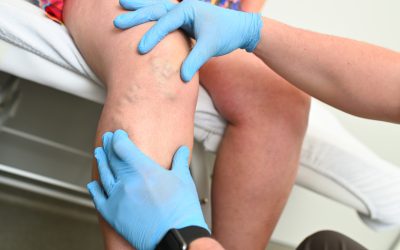Many doctors who specialize in foot and ankle injuries provide both surgical and nonsurgical treatments for common foot problems as well as painful deformities, like bunions.
A bunion is a bump at the base of a misaligned big toe. Bunion surgery repairs the toe’s alignment.
You may be a candidate for bunion surgery if:
You can no longer wear comfortable shoes.
You cannot walk.
You cannot bend your big toe.
You cannot straighten your big toe.
The big toe slants toward the other toes of your foot.
Your big toe is always swollen.
The doctor you choose will select the best bunion surgery from over 100 procedures. Bunion surgery can include removing bone, joint fusion and fixing tendons and ligaments responsible for the toe’s misalignment.
Before Surgery
Arrange for someone to drive you home after surgery. You may need time away from your job if it requires a lot of walking and standing. Depending on the type of surgery you have, you might need 4 weeks to 4 months to recover enough to stand and walk for several hours a day.
Don’t forget to buy a supply of gauze and bandages for wound care, and plastic bags to cover your foot during showers and baths!
What to Expect
Your doctor may perform bunion surgery at an outpatient facility. Surgery can take as little as an hour, but some procedures take longer. Since bunion surgery Elizabeth NJ is normally an outpatient procedure, you will go home the same day.You might be awake during your surgery with the doctor using a local anesthetic and a sedative to keep you comfortable.
Expect swelling for few days to several months after surgery. You might need a cane or crutches for a few weeks to several months if you cannot put weight on your foot. Your doctor may prescribe medication for pain and antibiotics.
The Foot & Ankle Specialists of NJ have licensed physical therapists who teach post surgical exercises that strengthen the foot and keep the toes from getting too stiff after surgery.
If your doctor uses pins to hold bones in place, you may see them sticking out of the surgical site. These are usually removed 2 weeks after your surgery. You might need to wear surgical shoes for 6 to 8 weeks, but it may be 4 months before you can wear your regular shoes.


